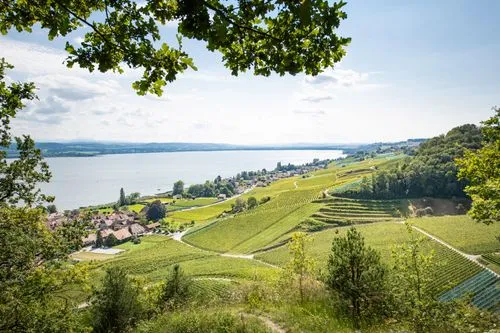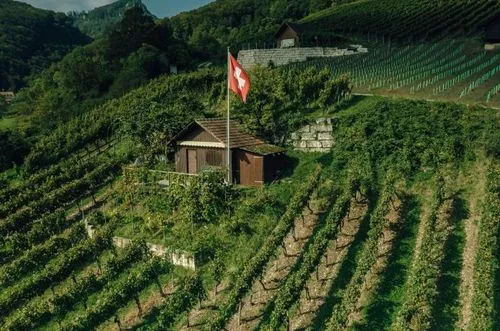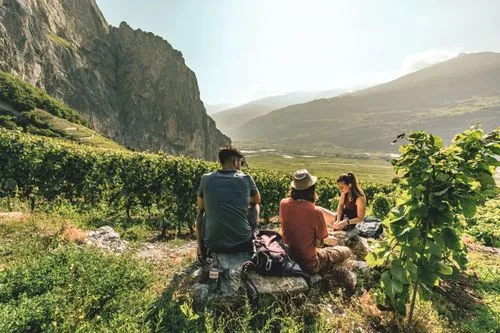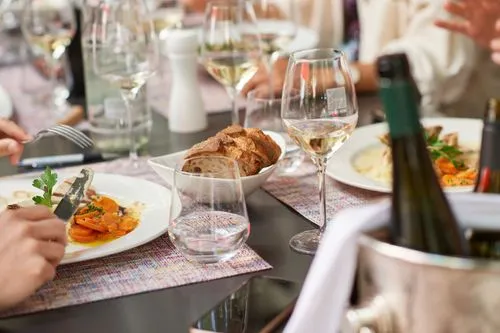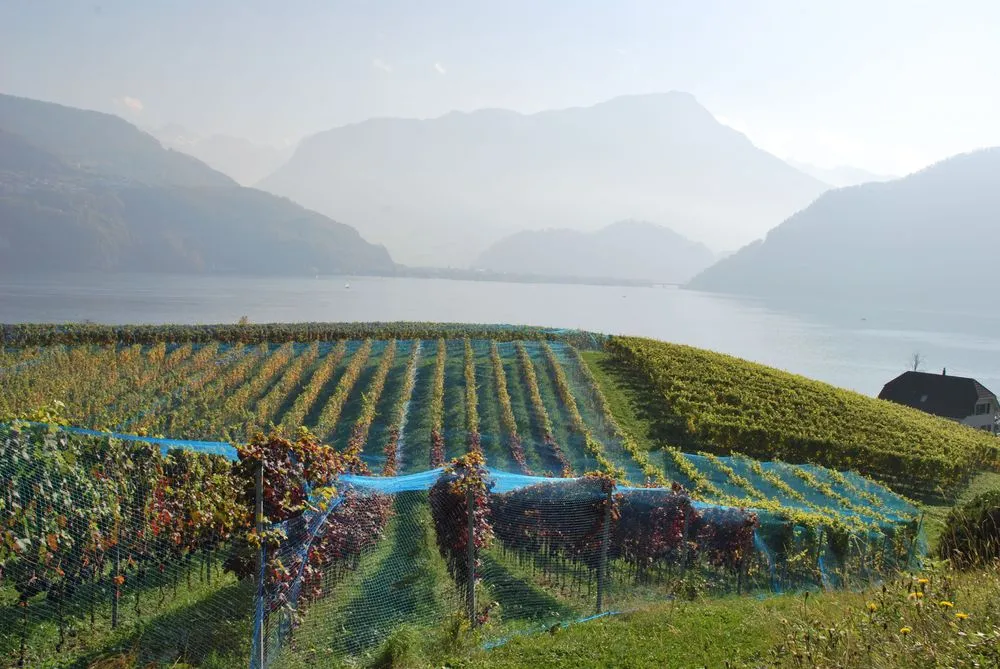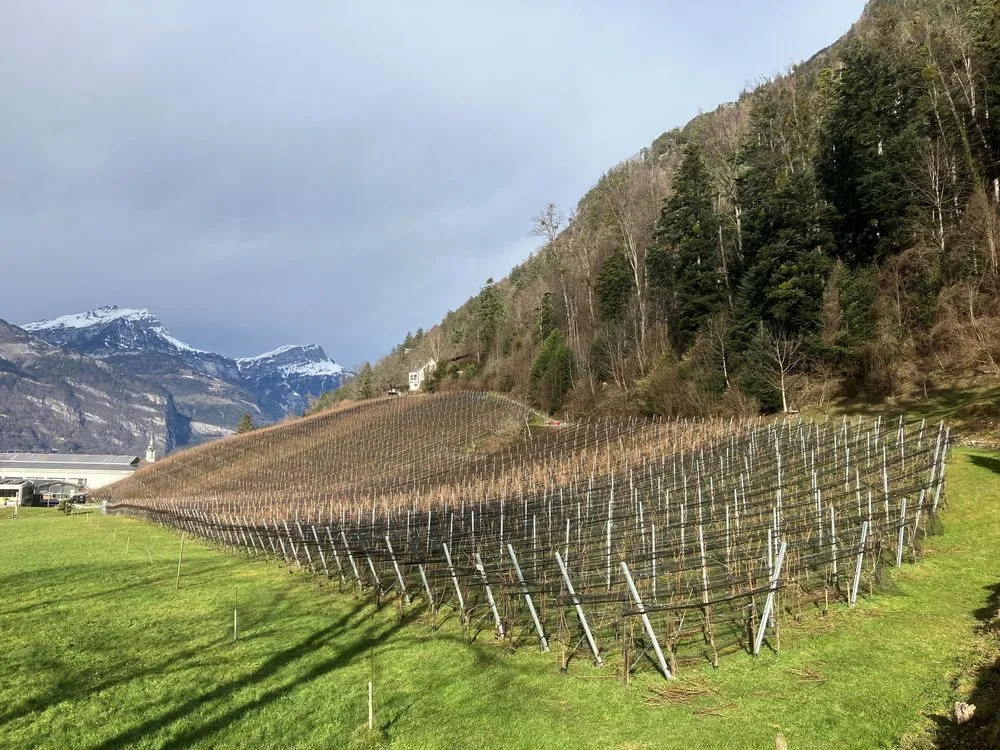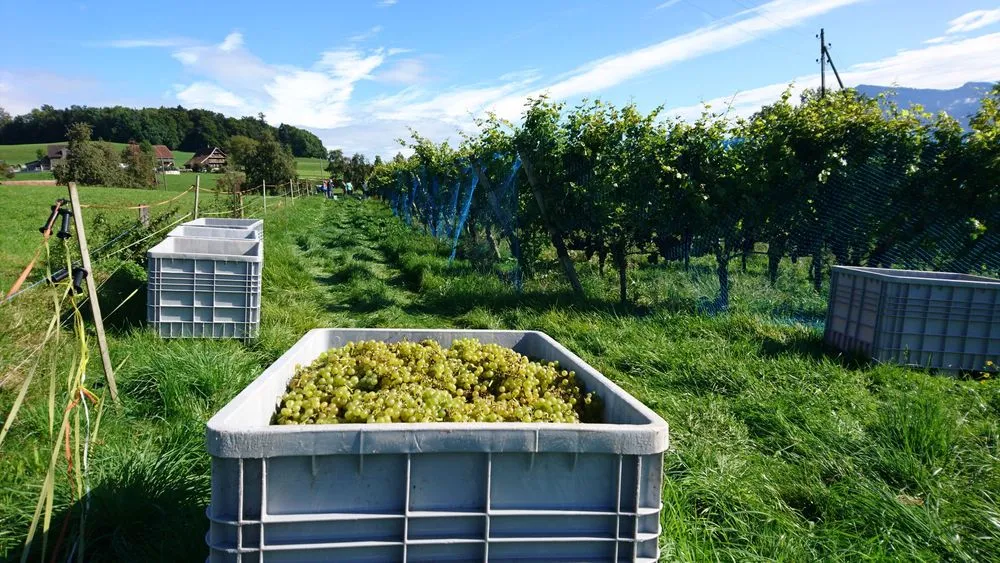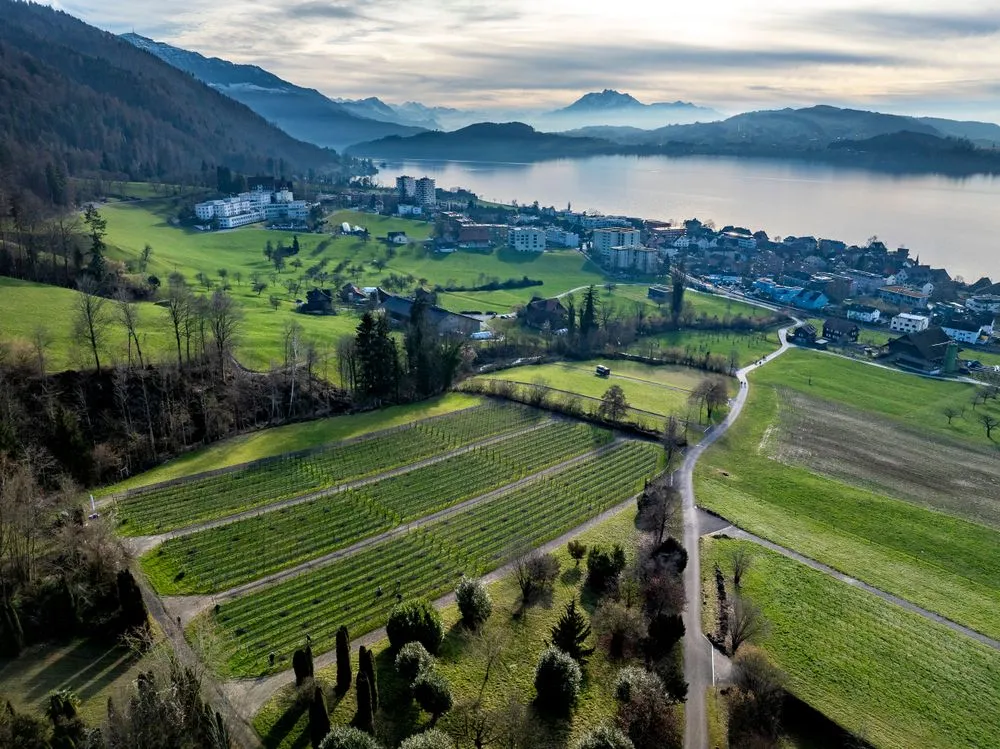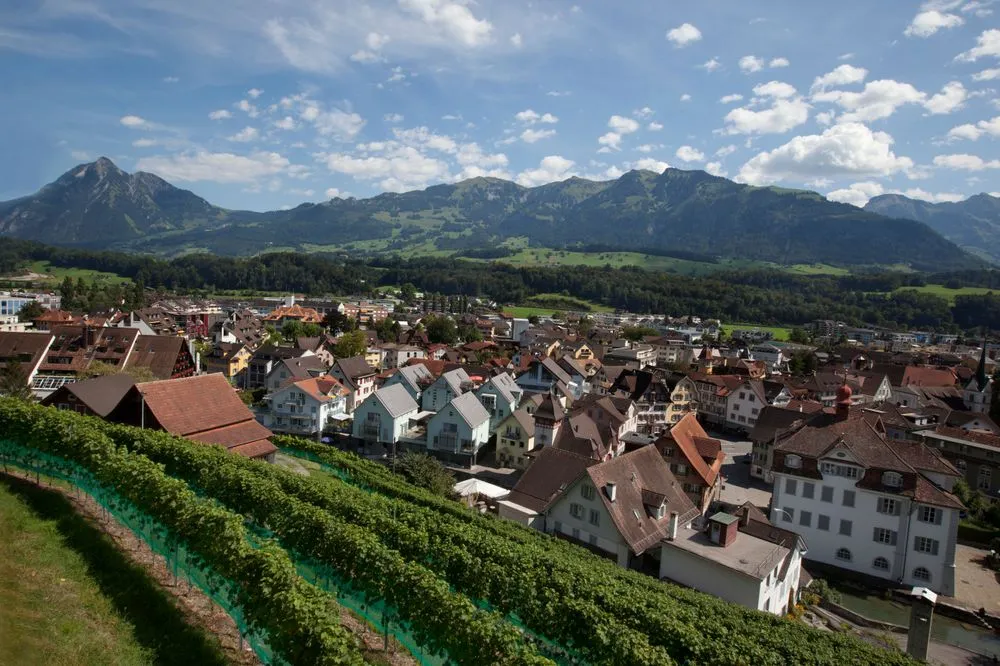Central Switzerland’s wine region lies on the terroir of the former Reuss glacier. The climate is generally mild, often influenced by the Föhn wind, while the soil composition varies significantly from region to region, sometimes even within just a few metres.
Viticulture in Central Switzerland was widespread during the Middle Ages, but almost disappeared after World War II. The renaissance of winemaking in Lucerne and Central Switzerland began in 1953 with the first harvest from the Heidegg Estate in the Seetal. Many wineries in the region are now only in their first or second generation.
The proportion of organic wines is steadily increasing, and the new fungus-resistant (PIWI) grape varieties are also particularly widespread. These eco-friendly varieties now account for 35% of the vineyard area, making Central Switzerland a leader in sustainable winemaking practices—nationally, only about 3% of vineyards use PIWI varieties.
Interestingly, the canton of Glarus, with just under two hectares of vineyards, is Switzerland’s smallest wine-producing canton. This record should be regarded with caution, since federal statistics show that Uri, Nidwalden, and Obwalden together have six hectares of vineyards. Nor should it be forgotten that the two Appenzell cantons are home to a four-hectare vineyard. Central Switzerland is divided into six wine-growing regions.
